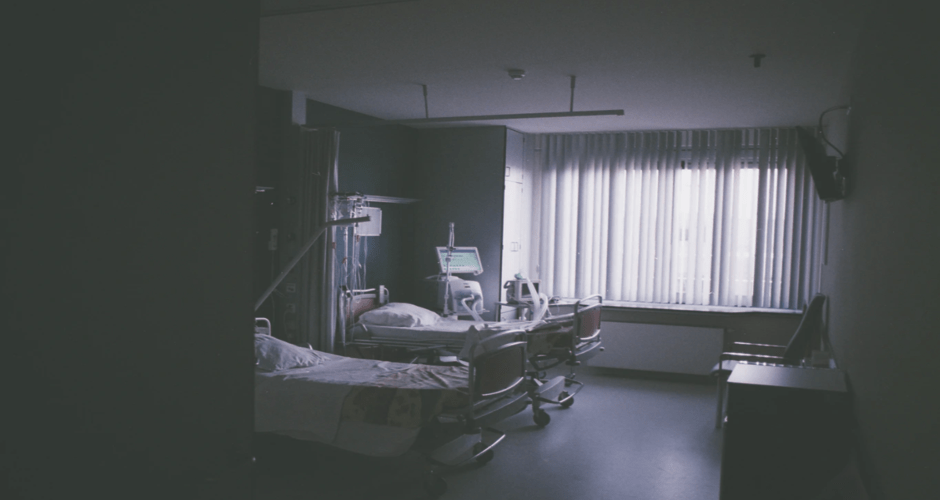The Patient-Driven Payment Model (PDPM) and How It Will Impact Skilled Nursing Operators
Skilled nursing operators must be prepared when PDPM takes effect on October 1, 2019. PDPM is the biggest change in reimbursement to happen to the industry in decades. PDPM is a classification system for SNF patients who are in a Medicare Part A covered stay into different payment groups under the SNF Prospective Payment System. This payment model replaces the Resource Utilization Group, Version IV (RUG-IV) which pushed SNF providers to provide therapy to patients regardless if they needed it or not. They had to classify patients into a therapy payment group during their stay with a fixed per diem payment, no matter the cost or resource utilization necessary to care for the patient. However, PDPM eliminates the flat per diem rate and instead categorizes patients into payment groups depending on data-driven patient traits.
What are the case-mix adjusted components of the PDPM?
The five case-mix adjusted components are Physical Therapy (PT), Occupational Therapy (OT), Speech-Language Pathology (SLP), a Non-Therapy Ancillary (NTA) service, and a nursing component.
What are the advantages of a PDPM?
The PDPM creates a separate case-mix adjusted component for non-therapy ancillary (NTA) services. At the beginning of a patient’s stay in a SNF, NTA costs are very high. Over the remainder of a patient’s stay, the costs decrease and then remain consistent. The variable per diem adjustments increases payment accuracy for services, as well as ensure that resources are being given to medically complex patients. PDPM gives auxiliary resources to those facilities who treat more vulnerable patients including those with high NTA utilization, use of a ventilator or respirator, those who require infection isolation, those with dual enrollment in Medicare and Medicaid, end-stage renal disease, longer inpatient stays, diabetes, wound infection, bleeding disorders, chronic neurological conditions, IV medication, behavioral issues, and bariatric care.
How is CMS transitioning from RUG-IV to PDPM?
The transition between the two classification systems will not be run concurrently, meaning it will be a “hard” transition. Those billed before September 30th will still receive billing under the RUG-IV system. Beginning October 1st is when they will be billed under PDPM. Even if they were assessed under the RUG-IV model, SNF residents who were admitted to the facility before the PDPM effective date will receive a new IPA (Interim Payment Assessment) under the PDPM.
For more information about PDPM, please visit https://www.cms.gov/Medicare/Medicare-Fee-for-Service-Payment/SNFPPS/PDPM.html
Work with The Stahler Group
The Stahler Group not only sources buyers and sellers in the marketplace, but through our extensive network in the industry we are able to help place debt, fund equity, locate operating partners, guide you through license applications or compliance issues, and bring skilled professionals to the table (attorneys, CPAs, operation consultants, etc). The Stahler Group is one of the leading brokerages in the seniors housing industry with the experience and skills to help new players enter the space. For anyone considering buying or selling assets in the seniors housing industry, please call one of our investment specialists at The Stahler Group.
